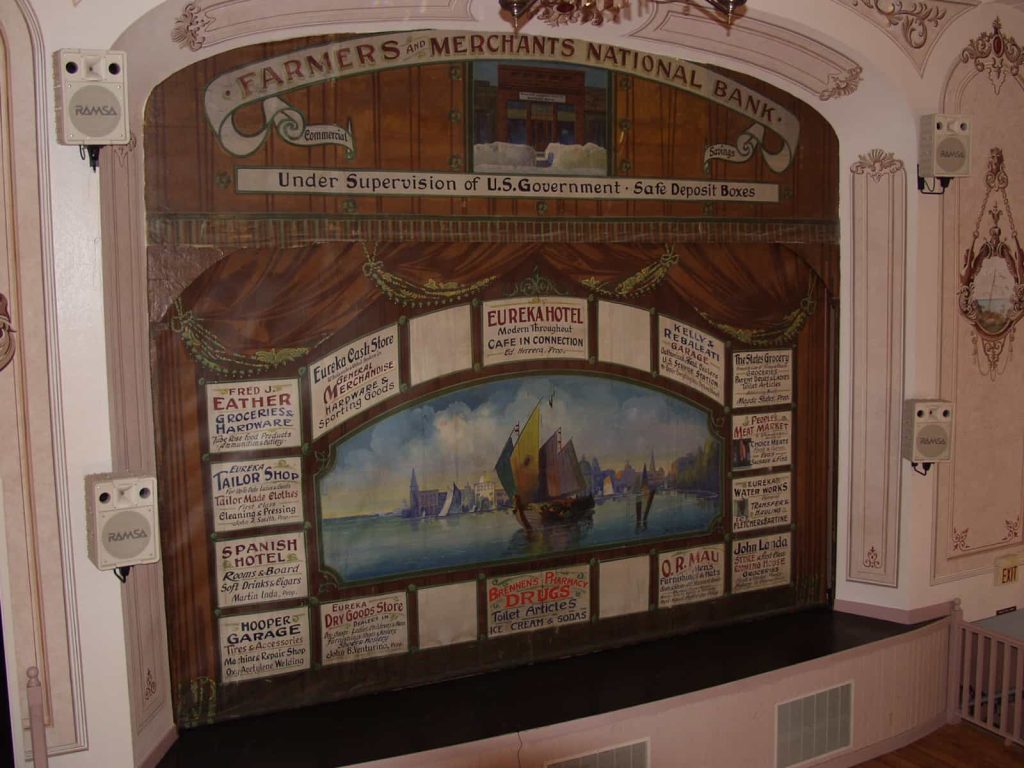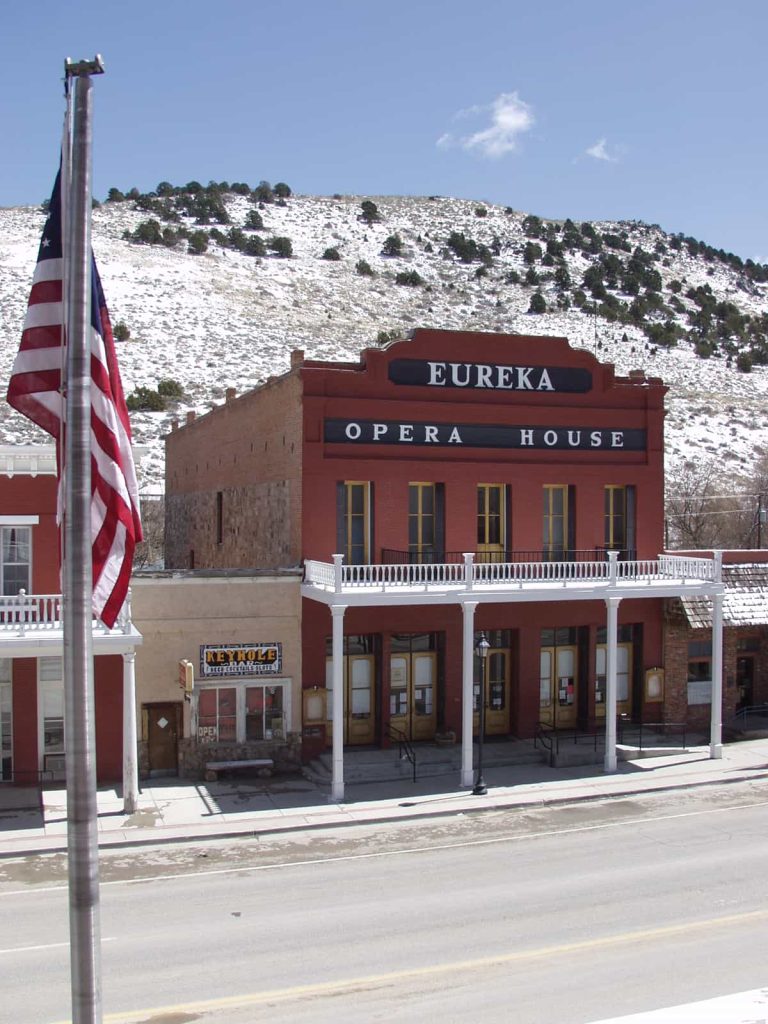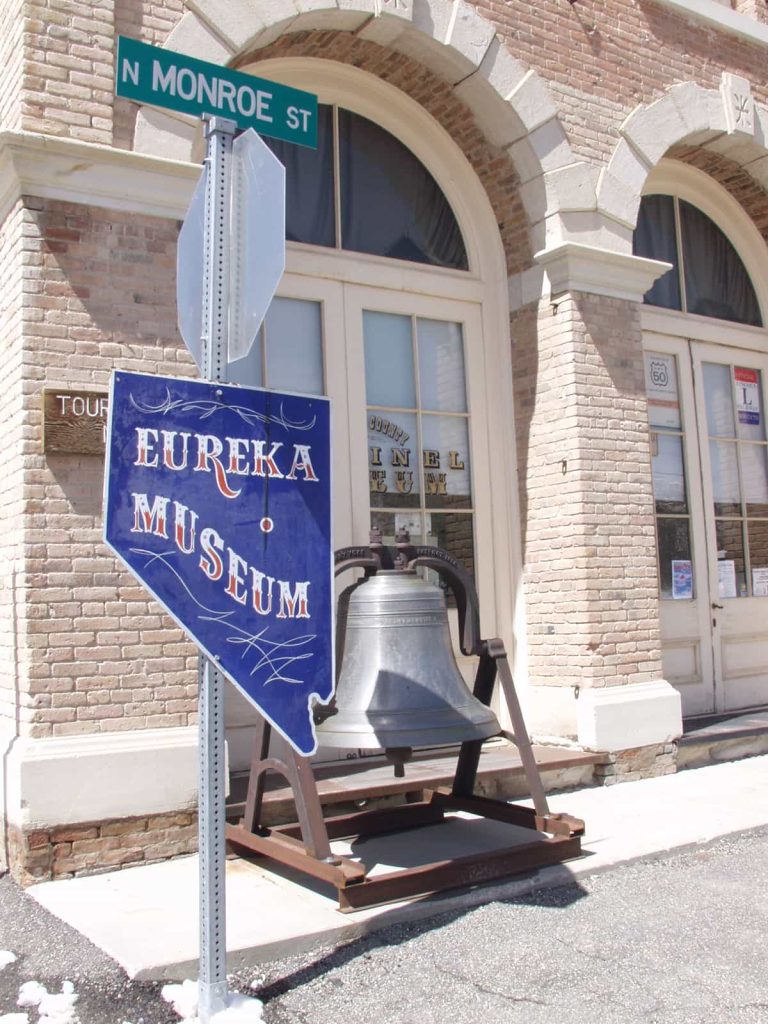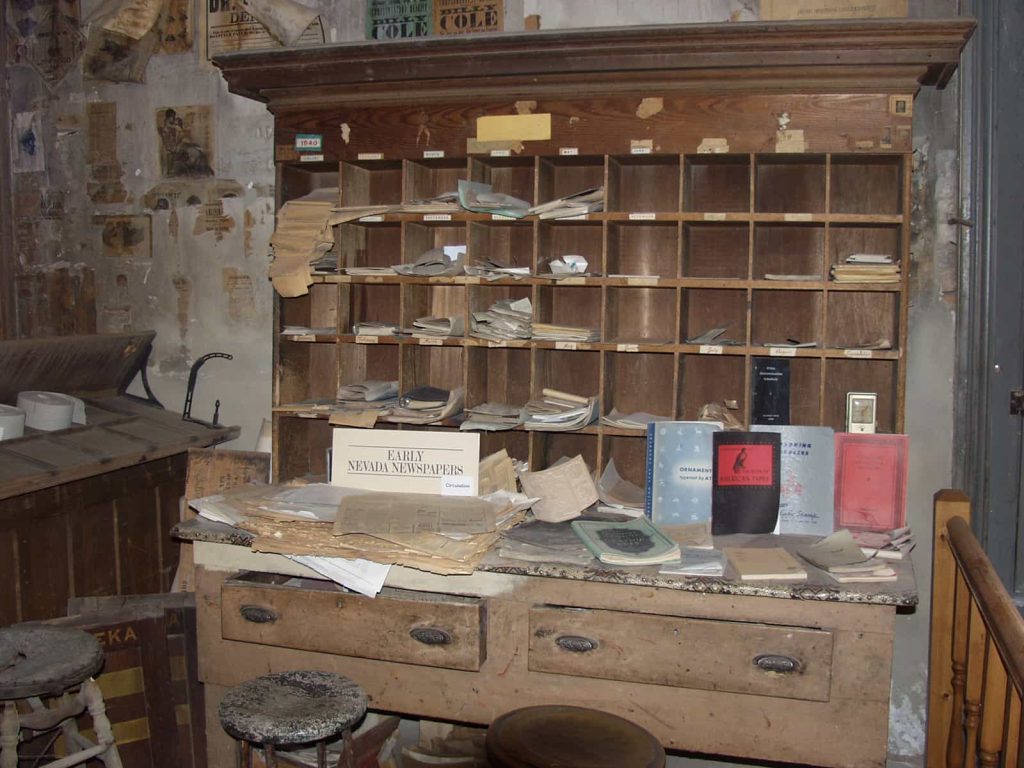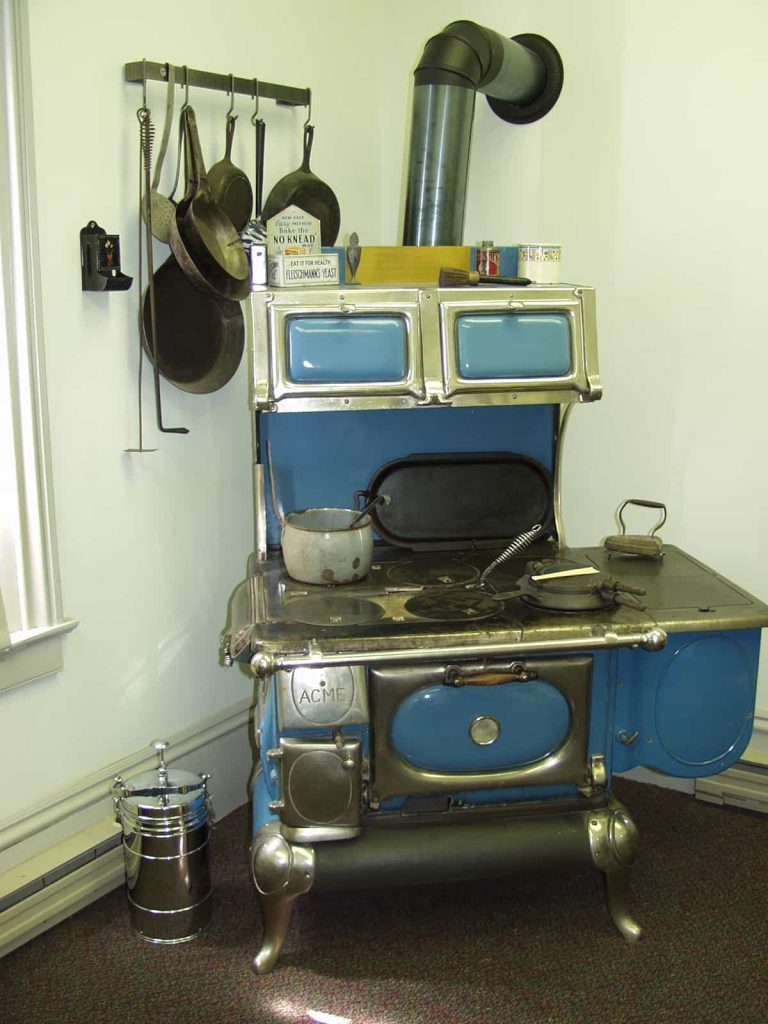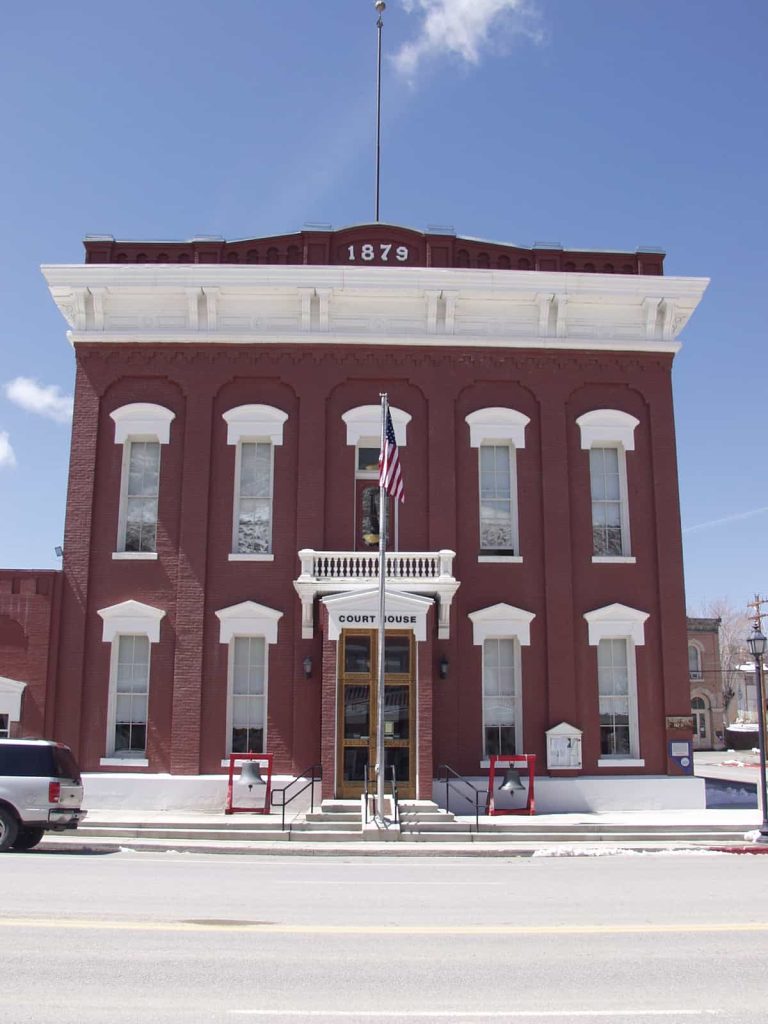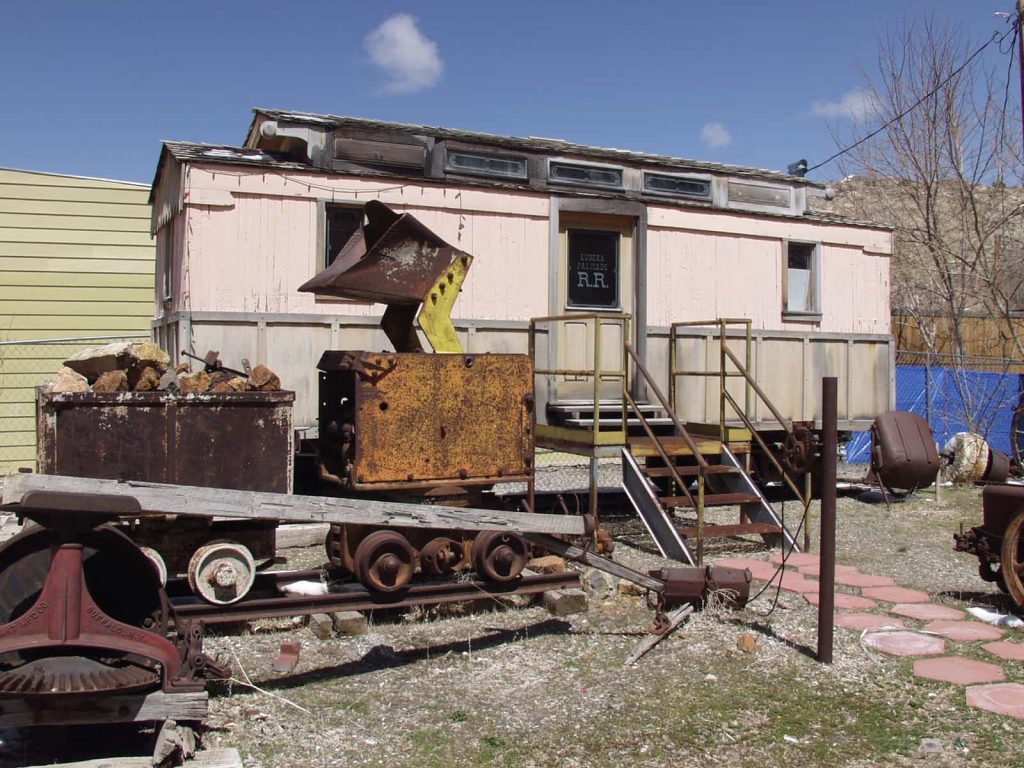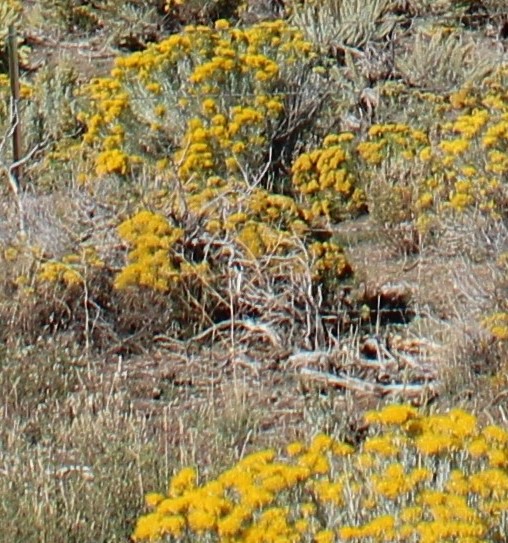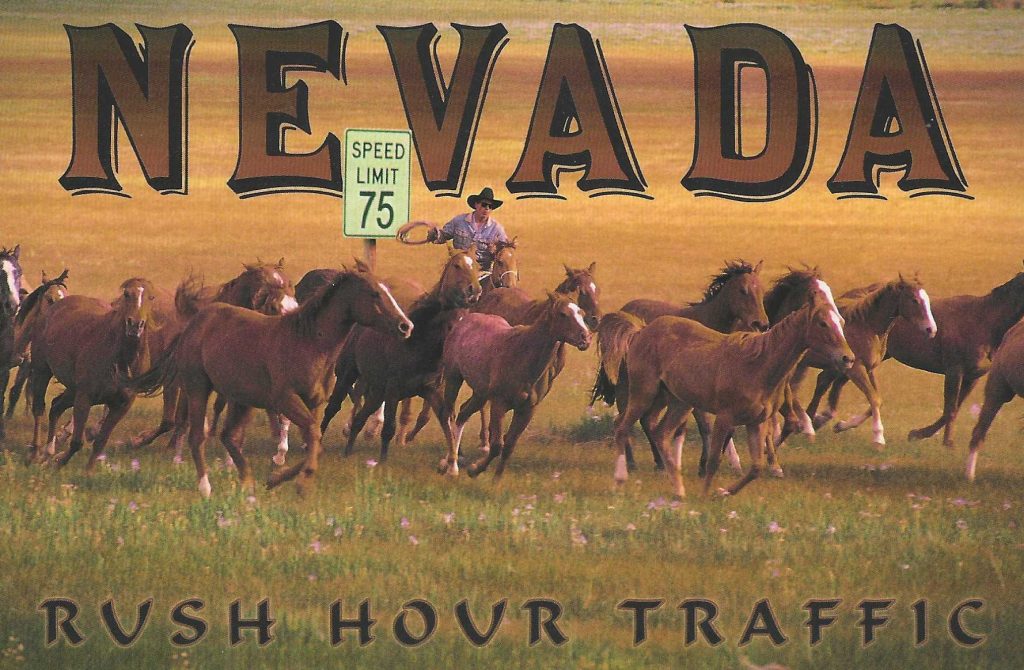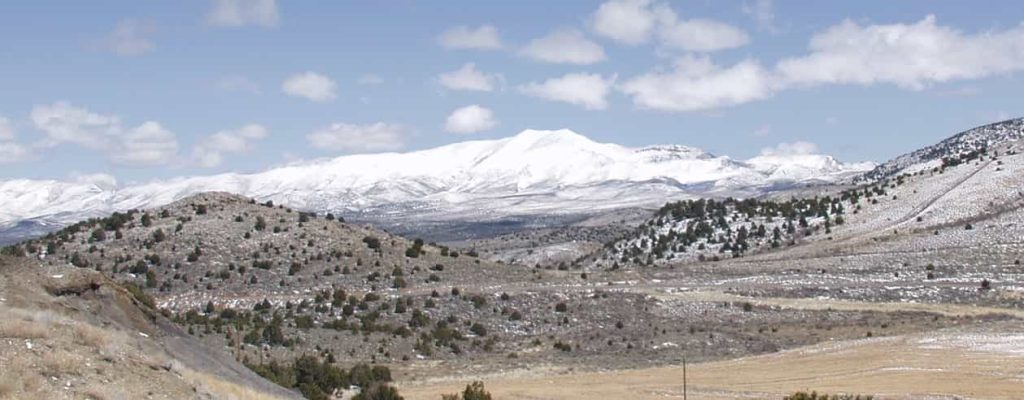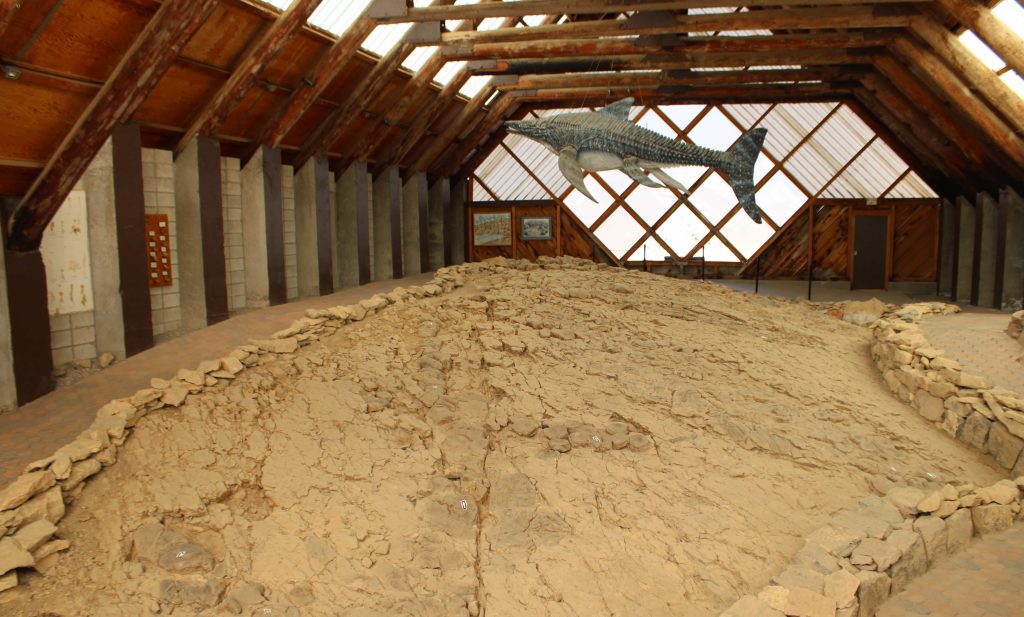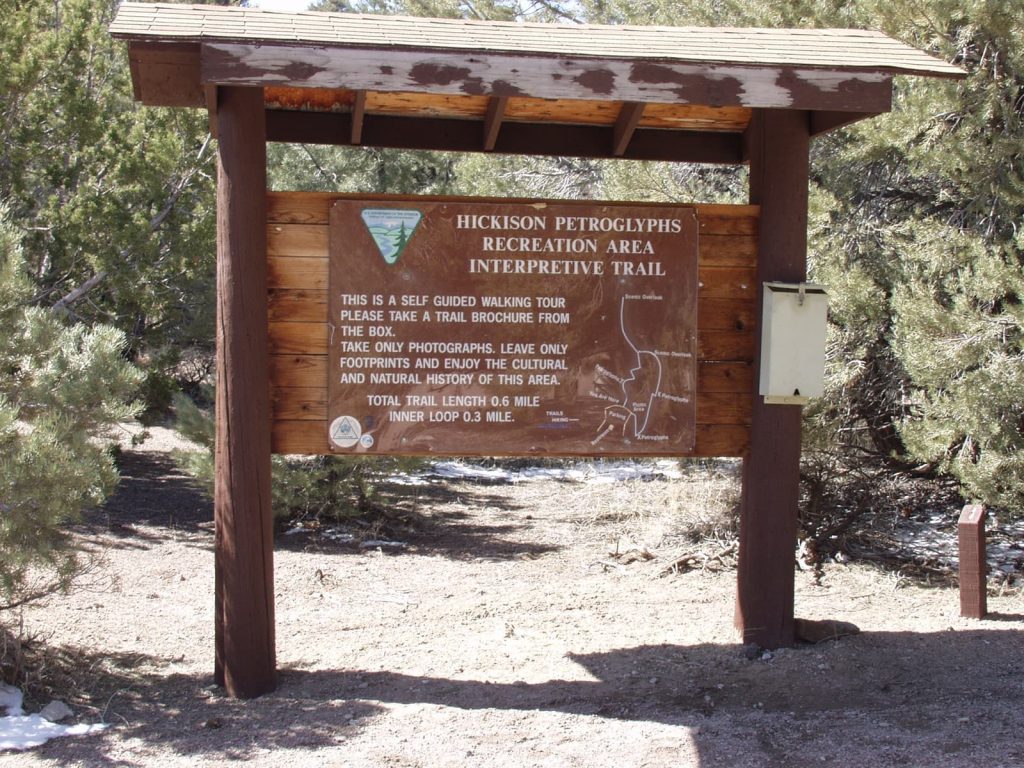Eureka
The historical buildings that captivate Eureka’s visitors are due in part to four major fires that occurred between 1876 and 1880. After causing millions of dollars in damage, the town rebounded after each one by taking a light-hearted approach – community members saw the fires as an opportunity to building bigger and fancier structures.
Be sure to investigate the under-the-city passageways of this former silver boom town and the real reasons for their existence; it’s in keeping with boomtown nefarious activities… you’ll find it fascinating.
There are a lot of historic sites to visit! A great starting point is The Eureka Sentinel Museum. It is the site of the town’s longest-running newspaper with artifacts from Eureka’s 1870’s lead and silver mining era to today. You can pick up the Eureka Walking Tour brochure at this museum and take a tour of this historic old mining town where lead and silver ore was first discovered in September 1864 by a group of prospectors from Austin.
Take a walk around The Eureka County Courthouse dating back to 1879; it is still in use featuring some original furniture, an ornate courtroom and walk-in vaults. Another beautiful building is the Eureka Opera House built in 1880 and restored in 1994 has its original 1924 hand-painted state curtain. Here, there are events held throughout the year – keep an eye on our upcoming events.
For you horse lovers, the Eureka County Fair has a horse show, roping events and exhibits at the Eureka County Fairgrounds in August.
You can certainly plan on taking a visit into the past when you visit this historical marvel.
From Las Vegas, take the US 93 to Hwy 318 for 319 miles
From Reno, take Hwy 80 to Hwy 50 for 243 miles
It can get very cold during winter months – be prepared for the weather
At 6,500 feet above sea level, be cautious of the altitude
Summers are pleasant, but bring layered clothing
As always, bring plenty of water and make sure your batteries are charged
During the 1870’s, Eureka overtook Austin in size and mining productivity. With five years of continued growth and stability, Eureka claimed to be Nevada’s second largest city with 9,000 residents. In the 1880’s, 100 or more saloons lined the main street of this town. The lead-silver mines bored the hillsides and the 16 smelting operations earned Eureka the name, “Pittsburg of the West.” There were dozens of gambling houses, stores, restaurants, theaters and three opera houses. There were log cabins, simple boarding houses and luxurious hotels.
There were churches for almost every denomination; in 1880, nearly 60% of the settlers were foreign born. Besides the Irish and Cornish miners, there were German, Jewish, Chinese and Italian settlers. The Italians, known as Carbonari or charcoal manufacturers, not to be confused with Carabinieri (Italian police), had a lucrative business with the many smelters in town. As with most mining boomtowns, there was the ever present “Chinatown” housing, part of the notorious underbelly of the old west.
From 1869 to 1879, Eureka was a major producer of domestic pig lead. Its ores also contained precious metal. The first smelter was built by Major W.W. McCoy and by the end of 1871, Eureka Consolidation and Richmond Consolidated had formed and were producing silver at an astonishing rate. In 1878, Eureka boasted 16 furnaces and ore refineries, Eureka Consolidated and Richmond Consolidated being the two largest. This same year, the smelters consumed 1.2 million bushels of charcoal (or every tree within 35 miles of town). By the end, they consumed every tree within 50 miles.
However, the mining boom ended almost as quickly as it began and by 1885, most of the then-accessible high-grade ore had been mined. The Eureka and Richmond smelters ceased operation by 1891 hence bracketing Eureka’s silver boom between 1870 and 1890.
Between 1876 and 1880, Eureka had four major fires causing millions of dollars in damage. But, the town rebounded after each one by taking a light-hearted approach – many community members saw the fires as an opportunity to build bigger and fancier structures. Five fire companies protected the town and two militia companies kept order.
The Eureka Sentinel newspaper was first published in 1870 making it the longest published newspaper in Nevada. The Sentinel’s original equipment is on display in the Sentinel building, now the Eureka Museum. This building was rebuilt after the fire of 1879 and it housed the newspaper until 1960. The finest courthouse in Nevada, outside of Virginia City, cost about $70,000 to build in 1879. The Opera House was built in the fall of 1880 on the foundation of the burned-down Odd Fellows’ Hall that was destroyed in the fire of 1879. An early account stated, “the new opera house is thoroughly fireproof with 2-foot-thick masonry walls, a brick and iron front and a slate roof”. Recently refurbished, it is considered the city’s architectural jewel; the curtain that was hand painted in 1924 is still there today.
Much of the late 1870’s character felt in Eureka today can be attributed to the devastating fires that caused the town to rebuild. To this day, Eureka is a fascinating tourist location and has ongoing events throughout the year to entertain both locals and tourists alike.

